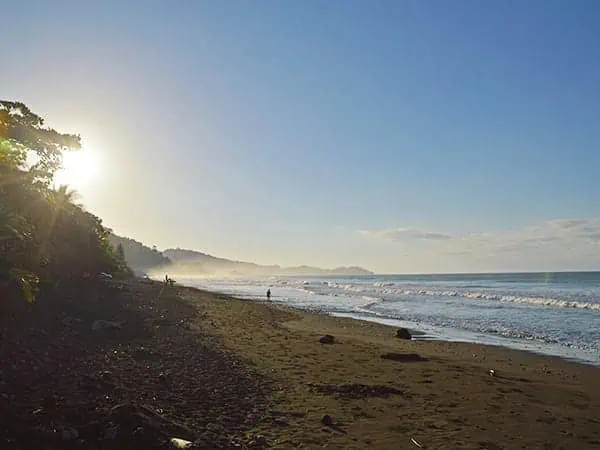April 11, 2017
Ocean tides are the alternating pattern of the rising and falling of the sea level. It’s a natural phenomenon, caused by the gravitation forces of the Sun and Moon. To understand how high tides and low tides work, it’s essential to understand the nature of the relationship between the movement of Earth and the Moon and Sun. The gravitational force of Moon attracts all matter on Earth but its pull on dense matter is almost negligible. The same is not true for ocean and water in particular and that’s what causes the high and low tides.
While the Earth spins on its axis, the ocean water level is kept at a constant at any given point. However, the Moon is close enough to exert enough gravitational force and accelerate the water towards itself. This causes a bulge, which we perceive as high tide on one side of the Earth. The opposite side experiences a low tide, when the ocean levels drops below the average value.
If you want to be able to anticipate the ocean tides accurately, the best way to do that is with a tide table. You can obtain a tide table from the local newspapers in the area you plan to visit or get one from the marinas or a local website offering this information. The tide tables are usually printed for a week or more in advance, so you can find the date you’re interested in. High tides are expressed as a positive number, sometimes with a plus sign before, while low tides are expressed with a negative number.
In a 24-hour period, there are two high tides and two low tides. The time between each high and low tide, however, is slightly longer than 6 hours. It’s also important to note that the contour of the shore or the ocean floor can also affect the tides – this is why in some places there aren’t 2 tides per day; something referred to as a “double-high” and “double-low” water.
As part of any beginner’s surf lessons with Costa Rica Surf Camp you will be taught about the tides specific to Dominical’s beach, which is important for safety purposes and to learn when are the best times to catch waves.



